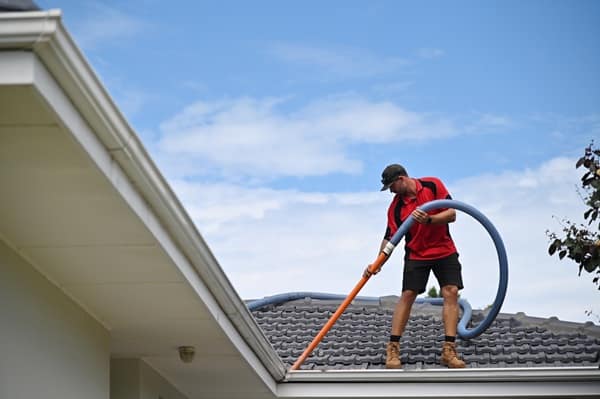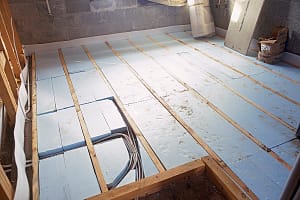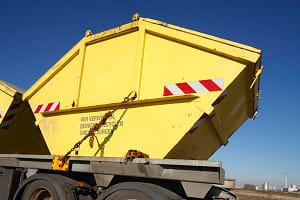Working at height is part of many jobs. Builders do it. Roofers do it. Even warehouse staff sometimes do it. But climbing up, reaching out or working on top of things always carries risk.
Falls from height remain a top cause of serious injuries and deaths at work in the UK. One wrong step or a missed check can lead to disaster. That’s where risk assessments come in.
What is a risk assessment?
A risk assessment is a check. It’s a way to spot dangers before someone gets hurt. It’s not guesswork or paperwork for the sake of it. It’s a legal must.
The Health and Safety at Work Act 1974 and the Work at Height Regulations 2005 set the rules. Anyone planning or doing work at height must follow them. That includes employers, site managers and workers.
Definition and legal context
A risk assessment looks at what might go wrong. It checks who could get hurt and how bad it could be. Then it finds ways to stop that from happening. In simple terms, it’s about thinking ahead and acting before things go wrong.
The law says every employer must carry out one before any height-related task. If they skip it, they put people at risk and open themselves to legal trouble.
Core steps in a risk assessment
The process is simple but serious. Here’s what it involves:
- Spot the hazards
- Evaluate the risks and take precautions
- Record the findings
- Review and update if anything changes
- Decide on
These five steps show up in every proper risk assessment online course. They help teams stay safe and meet legal duties.
Why working at height is high-risk
Working off the ground means there’s little room for mistakes. One slip or misjudged step can have big consequences. The higher the work, the harder the fall.
Common hazards
The risks vary, but here are a few usual suspects:
- Unstable ladders
- Weak roof surfaces
- Gaps without edge protection
- Slippery scaffolds
- Wind or rain
Each of these can turn routine work into an emergency. Most accidents happen because someone didn’t spot or fix a basic problem.
Consequences of poor planning
When people rush or skip checks, things go wrong. Someone falls. Someone gets hurt. Sometimes they don’t get back up.
Besides injury or death, there are other costs. Work stops. Investigations start. Employers face fines or court. All of it could’ve been avoided with better planning.
Who’s responsible for what?
When it comes to working at height, no one can look the other way. Everyone has a role. But the bigger the title, the bigger the duty.
Employer responsibilities
Employers must lead the way. It’s up to them to plan work properly, give safe equipment and pick the right people for the job.
They need to think about every detail. What’s the safest way to do it? Is there a better method that avoids height altogether? If not, how can risks be controlled?
They must also provide the gear. That means harnesses, guardrails, proper ladders or mobile towers. Not whatever’s lying around.
Training is part of the deal too. No one should work at height without knowing the risks and how to handle them.
Worker responsibilities
Workers aren’t off the hook. They must use the equipment properly and follow the plan.
If something looks unsafe, they need to stop and speak up. If they see damage or danger, they report it. A simple heads-up can save lives.
Timing Matters: When to Carry Out a Risk Assessment
Risk assessments aren’t one-time jobs. They need to happen at the right time and be updated when things change.
Before the job starts
Every new job or task that involves working at height needs an assessment. Even if the work seems basic. Every site is different. Every risk is unique.
When something changes
A change in the setup, weather or equipment means new risks. That’s why assessments must be reviewed. Yesterday’s plan might not work today.
Ignoring changes is where many problems start. A simple scaffold moved too close to a power line, or a broken step that went unnoticed.
What a good risk assessment covers
Not all checks are equal. A tick-box form won’t do much unless it looks at the right things. A proper one digs deep.
These key points show up in any good “risk assessment online course”:
1. Task and environment
What’s being done? Where? How high? Are there nearby hazards like moving vehicles or overhead wires?
2. Equipment selection and inspection
Is the gear right for the job? Has it been checked? Is it clean, stable and well maintained?
3. Worker Competence
Are the people trained? Do they know what they’re doing? Have they had height safety training?
4. Weather and environmental conditions
Strong wind, rain or low light can all add risk. These need to be factored in before starting.
5. Emergency plans
What happens if something goes wrong? How will they get help? Are rescue tools ready? A good plan thinks of the worst before it happens.
Real-world use: What this looks like on site
Let’s say a team needs to clear gutters on a warehouse. They grab a ladder and get started.
But the ground is uneven. The ladder’s a bit short. There’s no second person to steady it. They’re wearing trainers instead of boots.
That’s four red flags before their feet even leave the ground.
Now imagine the same job after a proper check:
- A mobile tower is used instead
- The team wears proper boots
- One person checks while the other climbs
- The ladder is removed from the plan entirely
Same task, different outcome. One is a risk. The other is a job done right.
The usual mistakes
Some mistakes come up again and again. Here are the worst ones:
- No risk assessment at all
- Copy-pasting a plan from another job
- Ignoring updates when things change
- Rushing through the checks
- Letting untrained staff do the job
Each mistake adds danger. The more corners cut, the more people get hurt.
Don’t wait for a fall
Working at height is never routine. It doesn’t matter how often someone’s done it. One missed step, one skipped check, and everything changes.
A good risk assessment doesn’t slow things down. It keeps things moving safely. It stops accidents before they start.
So before the next job, stop and plan. Think it through. Do the checks. Make it safe. Then go up.






Leave a Comment